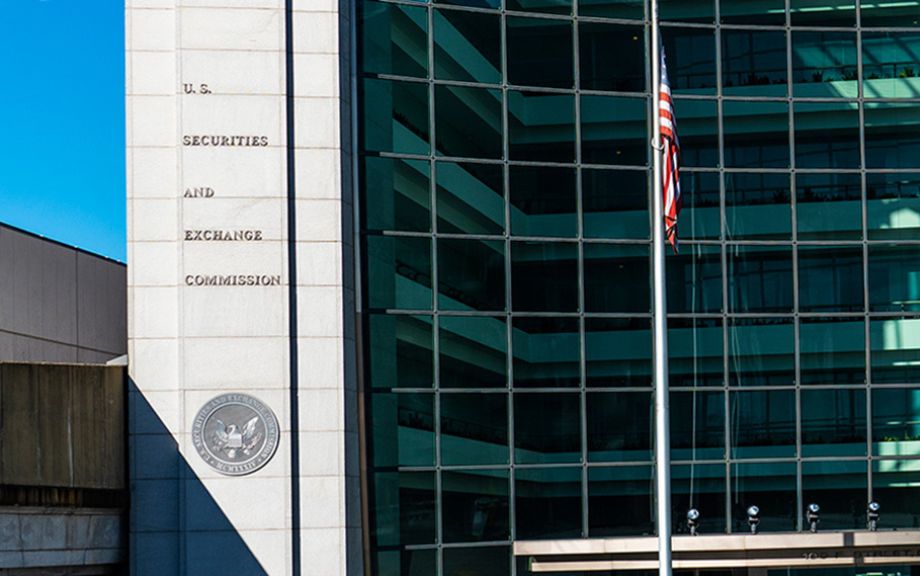
In July 2023, the SEC issued a new set of reforms for the U.S. money market fund (MMF) industry. The reforms increase the amount of daily and weekly liquid assets a fund must hold, eliminate the link between weekly liquid assets (WLA) and the option to impose liquidity fees and redemption gates, and introduce a dynamic liquidity fee. This article describes some of the most important provisions of the reforms.
Some Background
In 2008, the U.S. money market fund industry suffered a run. Heavy redemptions hit the “prime” segment of the industry and led the U.S. Treasury to establish a temporary, taxpayer-supported program to guarantee MMFs (prime funds primarily invest in a variety of taxable short-term corporate and bank debt securities). Following the crisis, academics and policymakers called for reforms to address the industry’s vulnerabilities. In 2010 and 2014, the SEC adopted reforms that were intended to mitigate these concerns. The 2014 reforms introduced a system of fees and gates linked to each prime and tax-exempt fund’s WLA and required institutional prime and tax-exempt funds to operate with a floating net asset value. The reforms, however, proved insufficient, as the industry was buffeted by another run in 2020 during the COVID crisis, which led the Federal Reserve to introduce a liquidity facility for MMFs.
The 2023 Reforms
The 2023 reforms change the MMF industry along several dimensions. One is abolishing the system of WLA-linked fees and gates introduced by the 2014 reforms. Under that system, if a prime or tax-exempt fund’s WLA fell below 30 percent, its board had the option to impose a fee of up to 2 percent or suspend redemptions for up to 10 days. Fees and gates linked to funds’ WLA have been criticized in the academic literature as potentially causing preemptive runs. That is because investors who observe a decline in a fund’s liquidity have an incentive to redeem before any fees or gates can be imposed. Indeed, empirical research has shown that concerns about fees and gates amplified the run on MMFs in 2020, as investors were more responsive to low liquid-asset levels in U.S. MMFs than they were to low liquidity in offshore MMFs and to low fund liquidity during the 2008 run before the introduction of fees and gates.
Mandatory “Dynamic” Liquidity Fees
An important feature of the new reforms is the introduction of mandatory “dynamic” liquidity fees for institutional prime and tax-exempt MMFs (institutional funds are those held by institutional investors, such as corporate treasurers and insurance companies, rather than retail investors). The fees will be imposed if, on a given day, a fund experiences net redemptions in excess of 5 percent of its assets. The fees are dynamic, in that they are set based on current market conditions. Specifically, the fee will be based on the cost of liquidating a slice of a fund’s entire portfolio (not just the most liquid assets in the portfolio). The fee should incorporate all costs of redemptions (including transactions costs, bid-ask spread costs, costs of portfolio rebalancing to replenish liquidity, and market impact).
Since estimating liquidity costs can be difficult, a fund that cannot accurately quantify those costs also has the option to impose a default liquidity fee of 1 percent. Moreover, to prevent a fee being imposed when a fund experiences heavy redemptions but is not otherwise under stress, a fund will be allowed to waive fees that are less than 1/100 of a cent (1 basis point) per share.
Dynamic Liquidity Fees and Swing Pricing
The SEC’s dynamic liquidity fees are economically identical to partial swing pricing, where a fund reduces, or “swings” down, the price it pays redeeming investors on days when the costs of managing redemptions are high. Like swing pricing, dynamic liquidity fees impose liquidity costs on redeeming investors when same-day redemptions exceed a specified threshold. This reduces investors’ incentive to run when liquidity conditions in the markets deteriorate. Moreover, the fees protect remaining shareholders from dilution and allocate redemption costs more fairly across redeeming and non-redeeming investors.
As we explained in an earlier post on Liberty Street Economics, since swing pricing is based on same-day net outflows, it is not a source of preemptive runs. The logic is straightforward: If investors seek to redeem preemptively, that day’s extra redemptions increase the odds of a downward swing in share prices, reducing the incentive to run. The same logic applies to the dynamic liquidity fees introduced by the SEC in the 2023 reforms, as these fees are also based on same-day net outflows. This contrasts with the existing system of WLA-linked fees, abolished by the new reforms. With those fees, investors can run preemptively as a fund’s liquidity starts to dwindle, since they know that no amount of same-day redemptions triggers a fee.
Other Provisions of the SEC’s 2023 Reforms
The 2023 reforms include a number of other helpful provisions. For example, reporting requirements for MMFs have been enhanced, making it easier to monitor the industry. The reforms also increase the minimum amounts of liquid assets that all MMFs must hold to make them more resilient to large redemptions.
Some Caveats
The SEC’s dynamic liquidity fees are an important and promising innovation in MMF regulation, in part because they can be a disincentive for investors to run in a crisis. Nonetheless, the degree of protection provided by dynamic liquidity fees is uncertain. Such fees are untested for MMFs, and their efficacy will depend on effective calibration and may need to be adjusted over time. Moreover, the fees are only required for institutional prime and tax-exempt funds, in part because institutional investors have proven to be especially run-prone. Although retail prime and tax-exempt MMFs also experienced large redemptions in March 2020, they are not covered by the new liquidity fee requirement.
Conclusion
The SEC’s 2023 MMF reforms—particularly the removal of WLA-linked fees and gates and the adoption of dynamic liquidity fees—represent significant progress in making prime and tax-exempt MMFs more resilient. Even so, given the longstanding fragility of MMFs, these funds may remain vulnerable to runs in periods of significant stress.
Related reading:
Money Market Funds and Systemic Risk (Liberty Street Economics, June 11, 2012)
The Money Market Mutual Fund Liquidity Facility (Liberty Street Economics, May 8, 2020)
Gates, Fees, and Preemptive Runs (Staff Report No. 670, April 2014)

Marco Cipriani is the head of Money and Payments Studies in the New York Fed’s Research and Statistics Group.

Antoine Martin is the financial research advisor for Financial Stability Policy Research in the New York Fed’s Research and Statistics Group.

Patrick McCabe is a deputy associate director in the Federal Reserve Board’s Division of Research and Statistics.

Will Riordan is a capital markets trading advisor in the Markets Group at the New York Fed.
The views expressed in this article are those of the contributing authors and do not necessarily reflect the position of the New York Fed or the Federal Reserve System.










